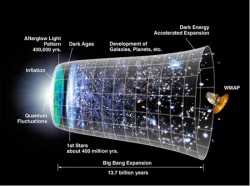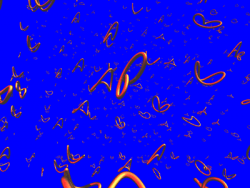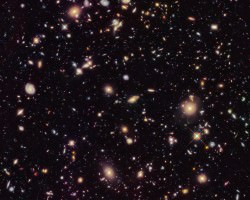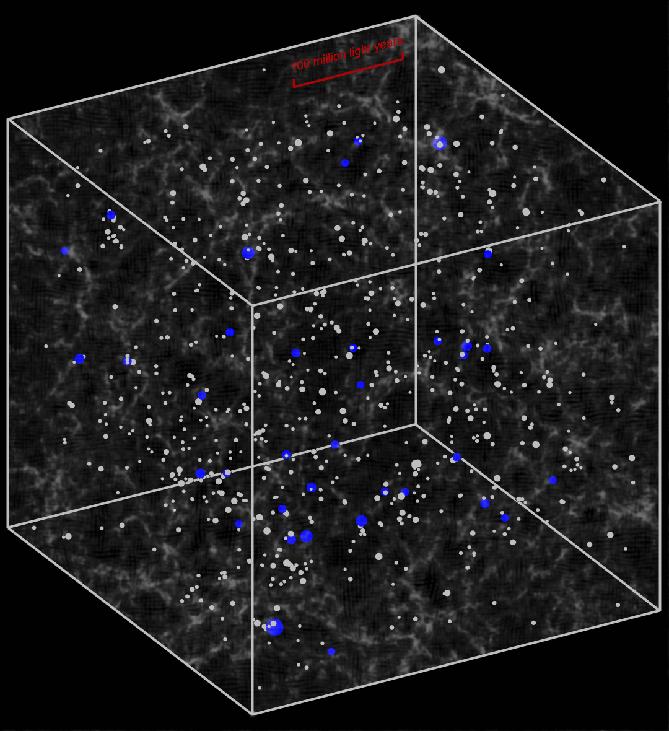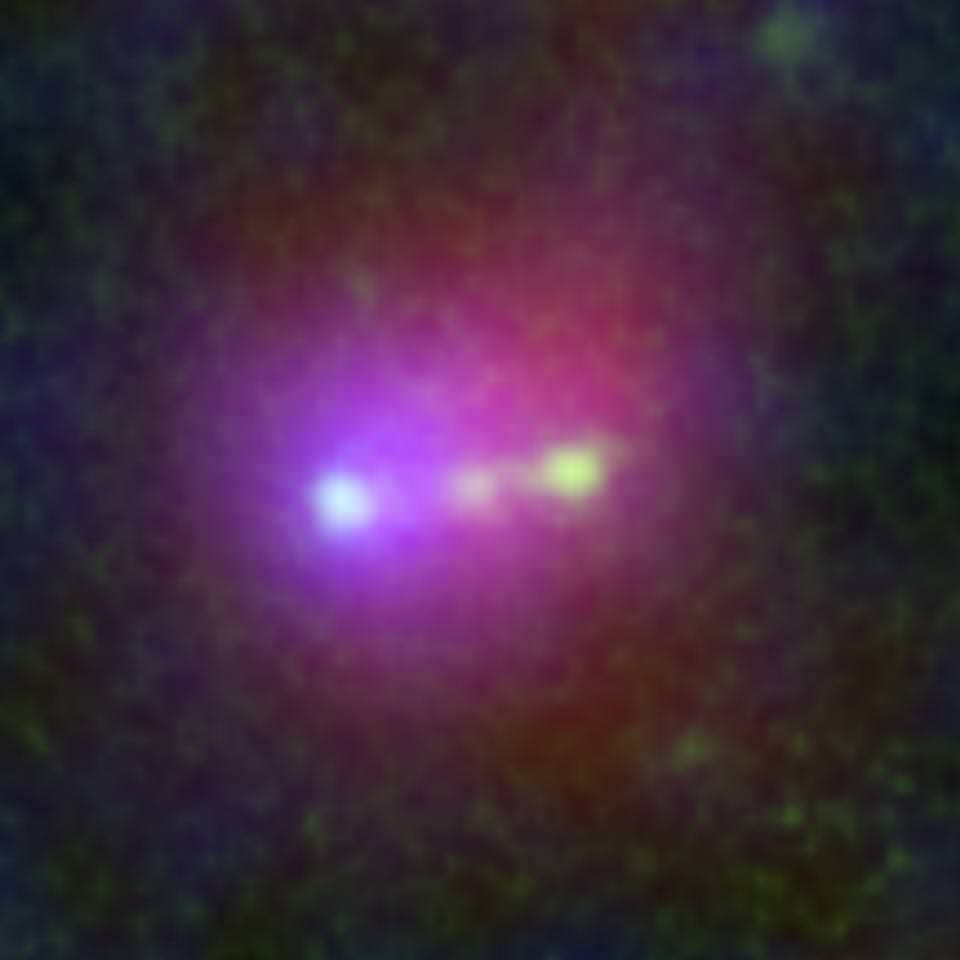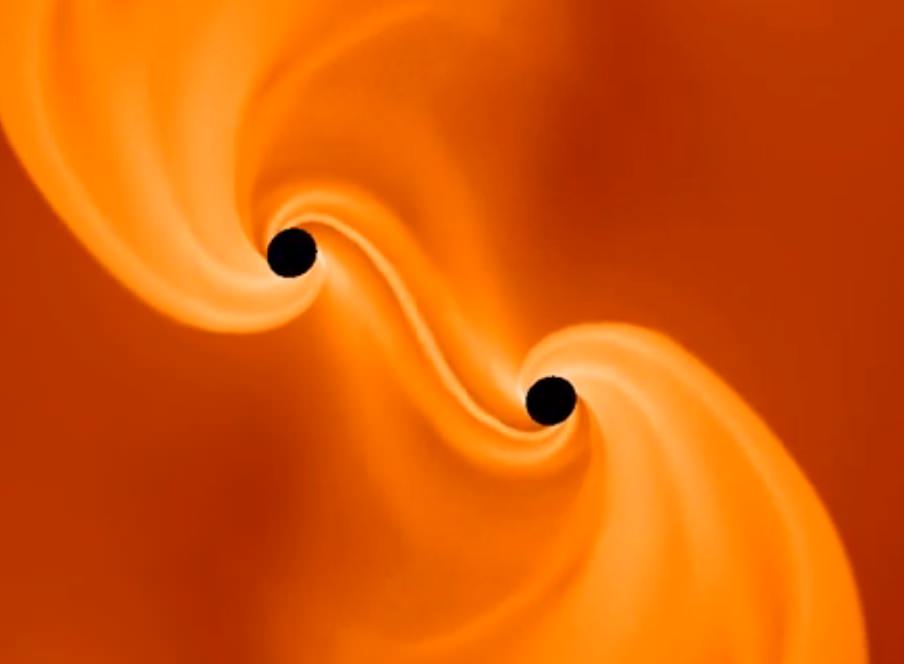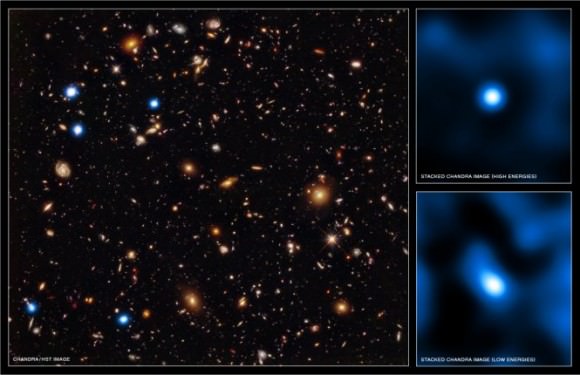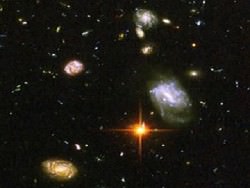You might be surprised to know that you’re living in a very special time in the Universe. And in the far future, our descendant astronomers will wish they could live in such an exciting time Let’s find out why.
You might be interested to know that you are living in a unique important and special time in the age of the Universe. Our view of the night sky won’t be around forever, in fact, as we think about the vast time that lies ahead, our time in the Universe will sound very special.
Astronomers figure the Universe has been around for 13.8 billion years. Everything in the entire Universe was once collected together into a singularity of space and time. And then, in a flash, Big Bang. Within a fraction of a second, the fundamental forces of the Universe came into existence, followed by the earliest types of matter and energy. For a few minutes, the entire Universe was like a core of a star, fusing hydrogen into helium. Approximately 377,000 years after the Big Bang, the entire Universe had cooled to the point that it became transparent. We see this flash of released light as the Cosmic Microwave Background Radiation.
Over the next few billion years, the first stars and galaxies formed, leading to the large scale structures of the Universe. These new galaxies with their furious star formation would have been an amazing sight. It would have been a very special time in the Universe, but it’s not our time.
Over the next few billion years, the Universe continued to expand. And it was during this time that the mysterious force called dark energy crept in, further driving the expansion of the Universe. We don’t know what dark energy is, but we know it’s a constant pressure that’s accelerating the expansion of the Universe.
As the volume of the Universe increases, the rate of its expansion increases. And over vast periods of time, it’ll make the Universe unrecognizable from what we see today. The further we look out into space, the faster galaxies are moving away from us. There are galaxies moving away from us faster than the speed of light. In other words, the light from those galaxies will never reach us.
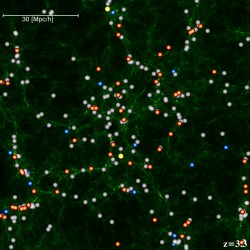
As dark energy increases, more and more galaxies will cross this cosmic horizon, invisible to us forever. And so, we can imagine a time in the far future, where the Cosmic Microwave Background Radiation has been stretched away until it’s undetectable. And eventually there will be a time when there will be no other galaxies visible in the night sky. Future astronomers will see a Universe without a cosmological history. There will be no way to know that there was ever a Big Bang, that there was ever a large scale structure to the Universe.
So how long will this be? According to Dr. Lawrence Krauss and Robert J. Scherrer, in as soon as 100 billion years, there will be no way to see other galaxies and calculate their velocity away from us. That sounds like a long time, but there are red dwarf stars that could live for more than a trillion years. We will have lost our history forever.
Cherish and make the most of these next hundred billion years. Keep our history alive and remember to tell our great great grandchildren and their robotic companions the tales of a time when we knew about the Big Bang.
What about you? What would you go see if you could witness any astronomical event in the history of the universe?



